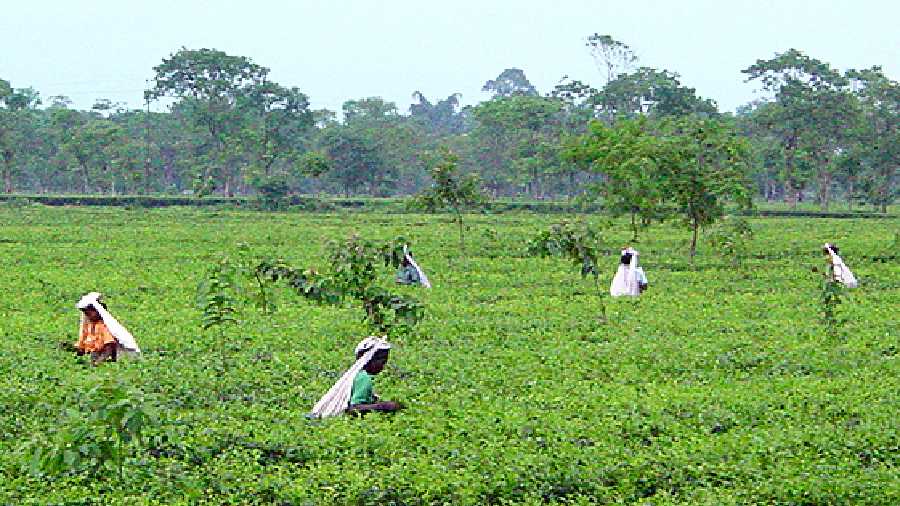The first flush teas, which can make or break a Darjeeling season, are likely to be hit by a ‘drought-like situation’ prevailing in the hills, affecting the bottom line of the gardens that are already under financial stress because of a drop in demand amidst rising costs.
There has been practically no rainfall in February, which is a crucial month for the first crop from the tea bushes. Experts say gardens can lose up to 50 per cent of first flush volume unless there is adequate rainfall in the next fortnight.
The advent of warm weather coupled with rainfall brings out new leaves in the tea bushes. Planters fear the crop will be delayed and the growth of bushes will be stunted following an unusually long dry spell. They fear the fall in volume would not be made up in value either.
First flush teas, the first set of tender leaves that come out in the spring, are usually plucked between early/middle of March (depending on the elevation of the hill) till the end of April. While it accounts for only 15-20 per cent of annual volumes, the first flush contributes 30-35 per cent of value because of its high quality, which is sought after in Japan and Germany.
“As of today, there is a deficit of 1 inch (25.4 millimetre) from what we would consider to be the ideal rainfall required for the first flush, in view of the accrued deficit of moisture from the middle of October till the end of February 2023.
Moreover, there has been no rainfall till the month of February, which is crucial for the first flush tea production,” S.Sannigrahi, senior principal scientist and senior advisoryofficer of Darjeeling advisory division, Tea Research Association, said.
Atul Asthana, managing director of Goodricke Group, which owns the famed Darjeeling gardens of Castleton and Margaret’s Hope, said there is a ‘drought-like situation’, adding crops would be adversely affected. On whether a crop loss would translate into a higher unit price, making up for the lower volume, Asthana ruled out the possibility.
He pointed out that a large part of the first flush teas are already sold on a forward contract and the current prices are based on the previous year’s prices. However, it may not be all over yet. Requisite rainfall over the next 7-15 days can salvage the situation partly.
“If adequate rainfall does not take place till the middle of March, the first flush production could be down by 50 per cent,” Sannigrahi warned, adding that it would be bad for the Darjeeling tea industry as the first flush makes or breaks the season.
One of the reasons the planters are wary of asking for a remunerative price is tepid demand for teas in the export market. “As there is a general inflation in Europe due to the Russia-Ukraine war, consumers are wary of buying expensive teas. Consequently, importers are not willing to commit large volumes,” Prateek Poddar, owner of Namring estate, said.
While tepid demand from the export market is a worry, the influx of Nepal teas has hit domestic demand badly, said Sanjay Chowdhury, owner of Ringtong garden. At 6.6 million kg, Darjeeling tea production was at a two-decade low in 2022 but many planters still struggled to sell their entire crop.










